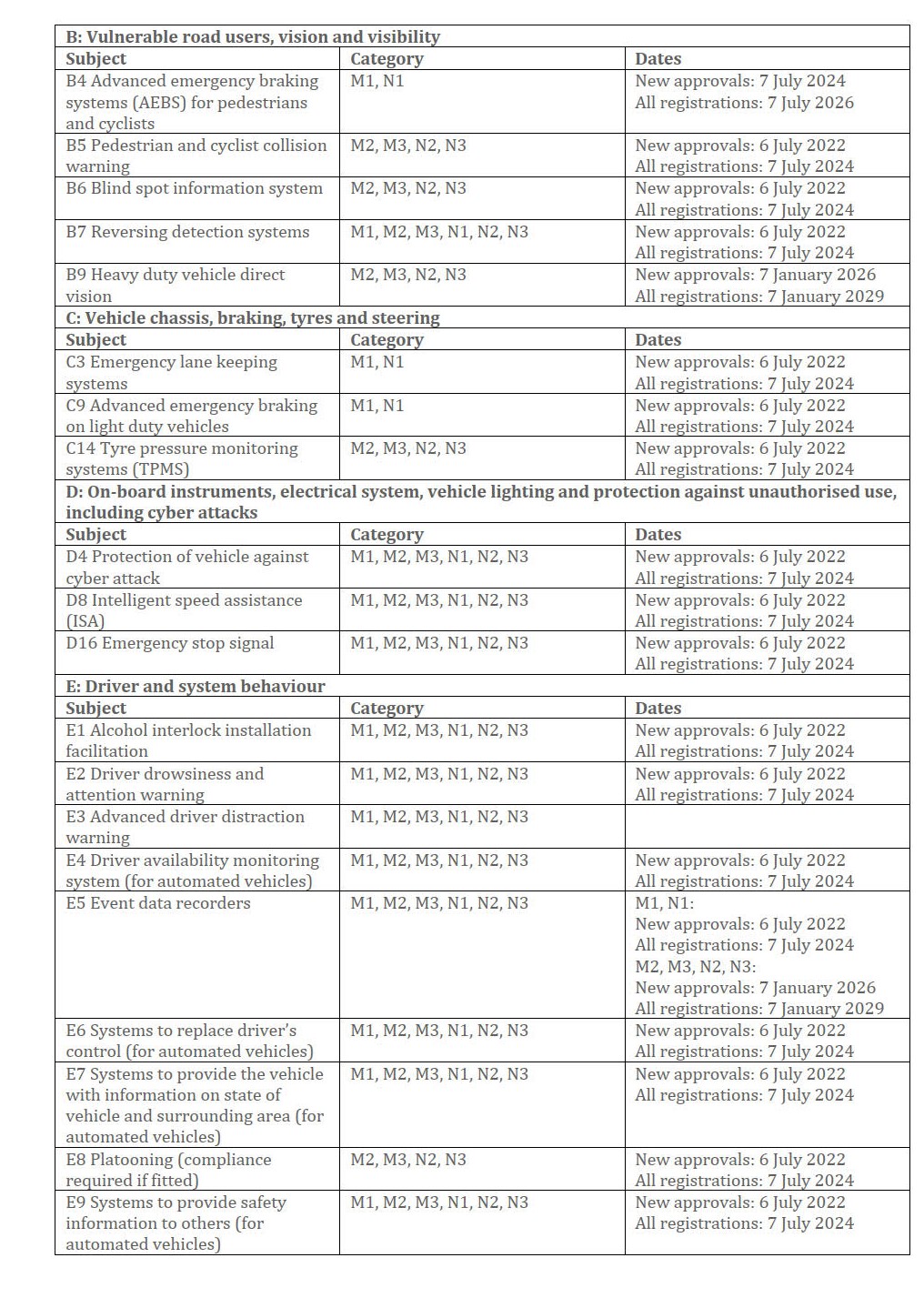
This is a temporary category of QMs, formally defined as “Temporary GSE QM loans,” which comprises loans that (1) comply with the same loan-feature prohibitions and points and fees limits as General QMs and (2) are eligible to be purchased or guaranteed by either the Federal National Mortgage Association (Fannie Mae) or the Federal Home Loan Mortgage Corporation (Freddie Mac)-that is, the GSEs. In December 2020, the Bureau issued the General QM Final Rule, which amended Regulation Z by replacing the original, DTI-based General QM loan definition with a limit based on loan pricing and by making other changes to the General QM loan definition (revised, price-based General QM loan definition).Ī second critical category of loans are those that qualify under the so-called GSE (Government-Sponsored Enterprise) Patch. Under the original ATR/QM Rule, the ratio of the consumer’s total monthly debt to total monthly income (DTI or DTI ratio) could not exceed 43 percent for a loan to meet the General QM loan definition (original, DTI-based General QM loan definition). General QMs are those that comply with the ATR/QM Rule’s prohibitions on certain loan features, points and fees limits, and underwriting requirements. One critical QM category of loans is the “General QM” loan. The ATR/QM Rule defines several categories of QMs. Loans that meet the ATR/QM Rule’s requirements for qualified mortgages obtain certain protections from liability. The CFPB has likewise added further framework through its Ability-to-Repay/Qualified Mortgage Rule (ATR/QM Rule), which requires a creditor to make a reasonable, good faith determination of a consumer’s ability to repay a residential mortgage loan according to its terms. The applicable TILA provisions create a safe-harbor presumption on ATR for certain loans that meet the definition of a “qualified mortgage.” As its stated reason for the move, the Bureau advised that it would “help ensure access to responsible, affordable mortgage credit and to preserve flexibility for consumers affected by the COVID-19 pandemic and its economic effects.” Likewise, the CFPB indicated it plans “to evaluate the General QM Final Rule’s amendments to the General QM loan definition and will consider at a later date whether to initiate another rulemaking to reconsider other aspects of the General QM loan definition.”Īs background, the Dodd-Frank Act amended the Truth in Lending Act (TILA) to establish, among other things, ability-to-repay (ATR) requirements in connection with the origination of most residential mortgage loans. On April 26, 2021, the CFPB issued a final rule delaying until October 1, 2022, the compliance date for the final general QM rule that redefines which residential mortgages qualify as this all-important investment grade of residential mortgage. While that may arguably appear so, we explain below why it won’t as yet have the identified desired effect, and may be serving an entirely different agenda. In doing so, the CFPB asserts that the move will enhance credit opportunities for the underbanked and those still suffering from the effects of the COVID-19 pandemic. Long-Term Care/Long-Term Services and SupportsĪs proposed back in March, the Consumer Financial Protection Bureau (CFPB or Bureau) has now formally delayed the mandatory compliance date for the new general qualified mortgage (QM) rule to October 1, 2022, effective June 30.


Government Litigation and Administrative Law.

Financial Services Litigation and Enforcement.


 0 kommentar(er)
0 kommentar(er)
